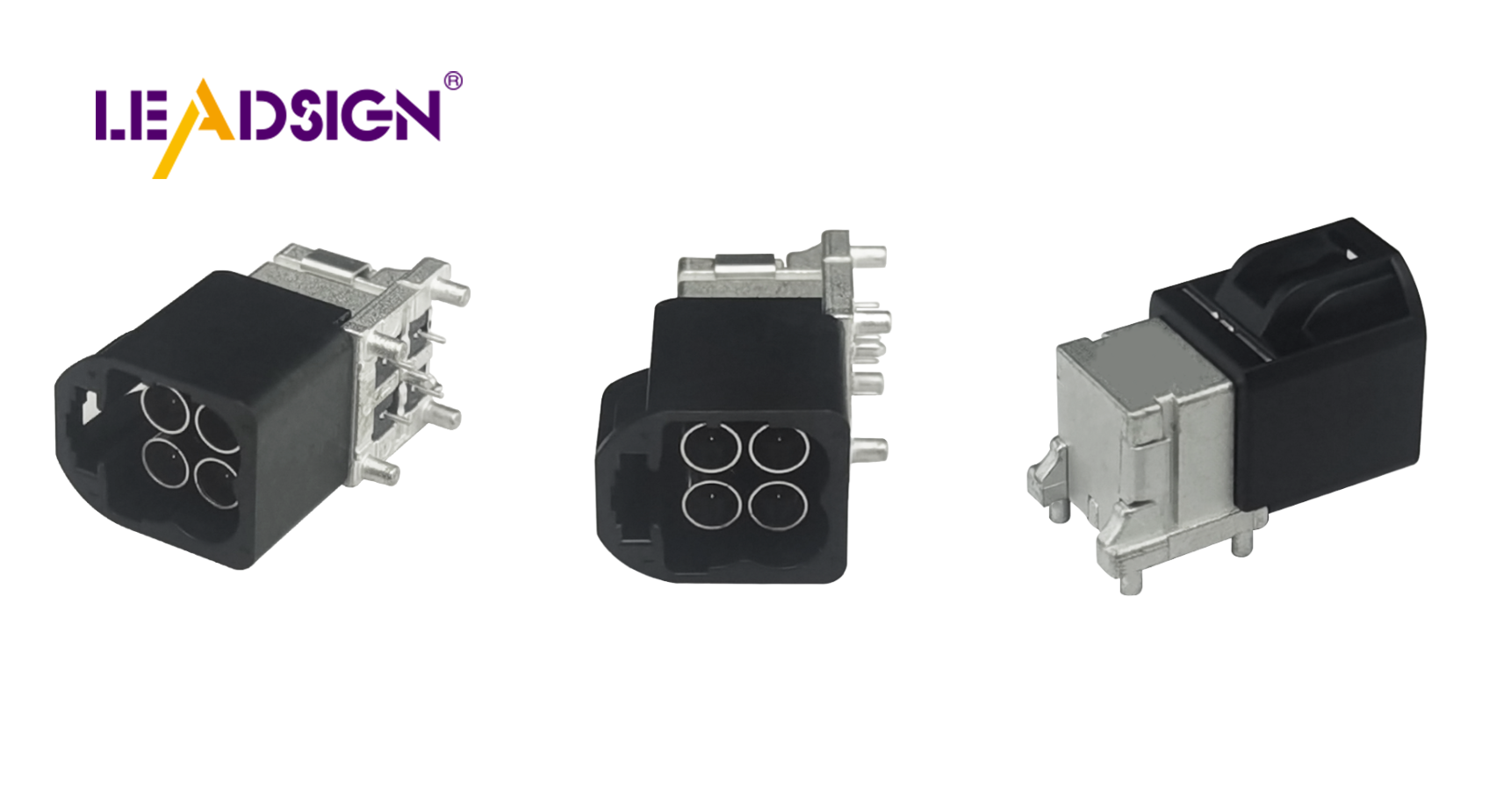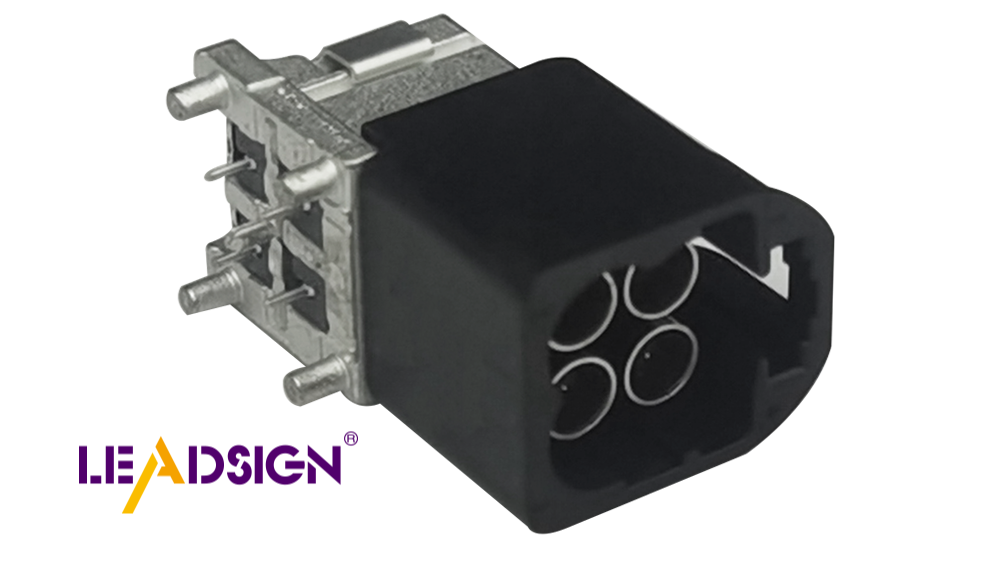Understanding Different Automotive Wire Connectors Types

Automotive wire connectors are crucial for your car's electrical system, ensuring seamless connections between various electronic components while maintaining safety. These connectors often feature waterproof and dustproof capabilities, which are essential in harsh environments. Understanding the different automotive wire connectors types is vital for keeping your car safe and functioning efficiently. Without these connectors, moisture or dust could lead to significant issues. Familiarity with the various types highlights their importance in maintaining a reliable vehicle.
Basics of Automotive Wire Connectors
Definition and Purpose
What are wire connectors?
Wire connectors are important parts of a car's electrical system. They join wires to keep connections stable and secure. These connectors stop wires from loosening, which can cause electrical problems. Using them helps keep your car's circuits working properly.
Why are they essential in vehicles?
In cars, wire connectors have a key role. They help electrical signals move smoothly between car parts. Without them, you might see flickering lights or broken systems. Wire connectors also guard against moisture and dust, which can harm the wires.
Historical Evolution
Early developments
Automotive connectors started in the early 1900s. Cars began using more electric parts then. Early connectors were simple and not very strong for long use. As cars changed, better connectors were needed.
Modern advancements
Today’s automotive wire connectors are much improved. They are stronger and work better now. Made to handle tough conditions, they keep connections safe. New materials make them smaller, lighter, and more efficient. These changes help your car's systems stay safe and reliable.
Types of Automotive Wire Connectors

Knowing different wire connectors helps with car repairs. Each type has special uses, keeping connections safe and working well.
Crimp Connectors
Features and benefits
Crimp connectors are popular since the 1950s. They join wires by squeezing them together. This way, you don’t need to solder, making it fast and easy. Crimping gives strong and good electric flow, helping your car run smoothly.
Common applications
Crimp connectors are used in many car parts because they work well. You see them in wiring harnesses and battery links. They handle shaking and tough conditions, perfect for cars.
Solder Connectors
Advantages and disadvantages
Solder connectors join wires by melting metal. This makes a strong link that conducts electricity well but takes skill and time. Bad soldering can cause problems.
Usage scenarios
Use solder connectors when you need a lasting connection. They’re good for custom projects or fixing wires where there’s little movement.
Push-On Connectors
Characteristics
Push-on connectors let you connect wires quickly without tools. They snap on easily, staying secure even in tough spots.
Typical uses
These are great for lights or speakers needing frequent changes. Easy to use, they’re liked by both pros and DIY fans.
Weatherproof Connectors
Why they matter in tough places
Weatherproof connectors are key for cars, especially in bad weather. They stop water and dust from getting inside. This keeps your car's electric parts working well in rain or snow. Without them, water can cause rust and electric problems. Using these connectors keeps your car's wires safe.
Types and good points
There are many weatherproof connectors for different needs. Some examples are:
Deutsch DT Connectors: Strong and used in rough spots. They stay connected even with shakes or heat changes.
Circular Connectors: Often used in cars because they connect easily and protect well.
Sealed Automotive Electrical Connectors: Keep moisture away, making them last longer.
Weatherproof connectors stop electric issues and save on repairs. They help car parts last by protecting them from bad weather. Picking the right wire connectors makes your car safer and more reliable, no matter the weather you face.
Installation Techniques
Tools Needed
Important tools for setup
To set up car wire connectors, use the right tools. First, use a wire stripper to take off the wire cover. A crimping tool is needed for crimp connectors to make them stay tight. For solder connectors, you need a soldering iron and solder. Use a heat gun if using heat shrink connectors. Keep a multimeter nearby to check connections and make sure they work well.
Safety steps
Safety is key when working with car wire connector types. Wear goggles to keep your eyes safe from sparks or bits flying around. Make sure your workspace is dry and clear of things that catch fire easily. Unhook the car battery before starting to stop electric shocks. Always read the maker's guide for each tool and connector type to avoid accidents.
How-To Guide
Getting wires ready
Cut the wires: Use a cutter to cut wires to the right length. Make sure ends are neat and not frayed.
Strip insulation: With a stripper, carefully remove about half an inch of insulation from each wire end. This shows the metal for better linking.
Twist strands: Twist exposed strands together so they fit into the connector easier.
Connecting and securing
Pick correct connector: Choose the right connector type for what you need it for. For example, use weatherproof ones in tough places to keep out water and dust.
Put in wire: Insert stripped wire into connector snugly so metal parts touch well.
Secure link:
For crimp connectors, use a crimper on the connector around wire making it strong.
For solder connectors, heat iron then add solder at joint letting it cool solidly.
For push-on connectors, just push onto terminal until it clicks in place.
Check connection: Use multimeter checking connection flow ensuring it's smooth.
Protect link: If using heat shrink ones, apply heat shrinking tube around connection offering extra guard from wetness or rusting.
By doing these steps, your car's wire connector types will be put in right giving safe steady links for its electric system.
Q&A: Common Issues and Maintenance
Troubleshooting Common Problems
Finding bad connections
Your car might have flickering lights or broken parts. These issues often come from bad connections. To find them, look closely at the connectors. Check for rust, color changes, or loose wires. Gently move the connectors to see if they wiggle easily; this means a weak connection. Use a multimeter to test for a complete circuit. If it shows an open circuit, there's a problem.
Fixing problems
After finding a bad connection, you can fix it with steps. First, clean the connector with contact cleaner to remove rust. If it's broken, get a new one. For loose wires, make sure they fit well and tighten them using tools like crimpers or soldering irons. After fixing, test again with a multimeter to ensure it's working right.
Maintenance Tips
Regular checks
Regular checks stop problems with wire connectors in cars. Plan to check your car's connectors every few months. Look for damage like frayed wires or cracked covers during each checkup. Focus on connectors in tough spots like engine areas. Finding issues early saves money and keeps your car running well.
Keeping them lasting long
To keep wire connectors working longer, follow these tips: Keep them clean and dry to stop rusting. Use special grease on connections to block moisture. When putting in connectors, make sure they're tight and secure. Don't pull on wires as it can loosen them. Store extra connectors in cool dry places to keep them good as new.
Automotive wire connectors are key for car safety and work. You learned about types, uses, and how to install them. Use this knowledge to keep your car's electrical system strong. Ask questions or give feedback anytime. Your thoughts help us make better content for you.
See Also
Understanding HSD Connectors in Automotive Applications
Significance of Fakra Connectors in Contemporary Cars
Discovering Advantages of Fakra Connectors in Vehicles

